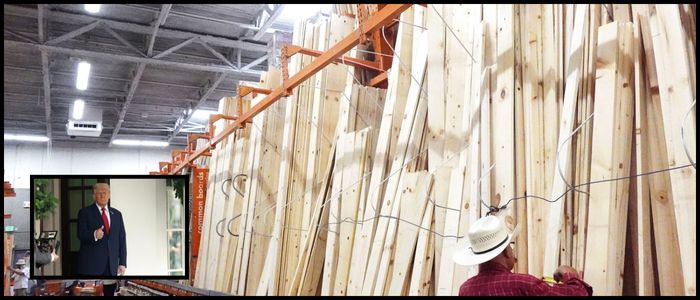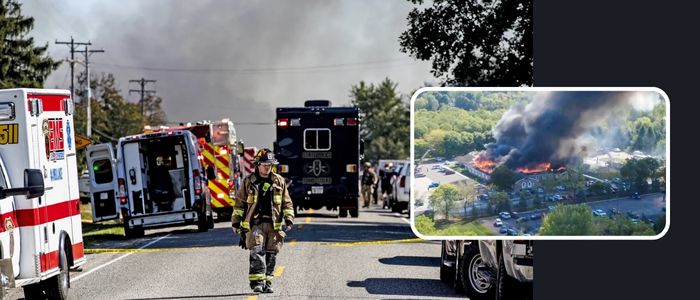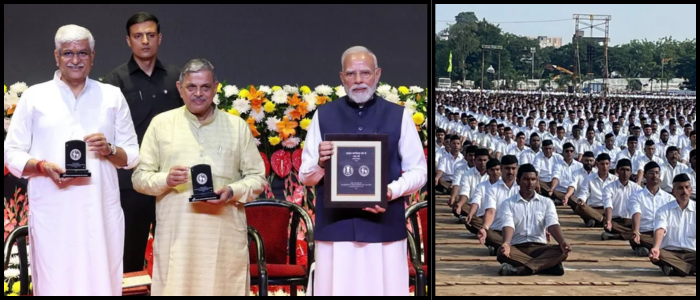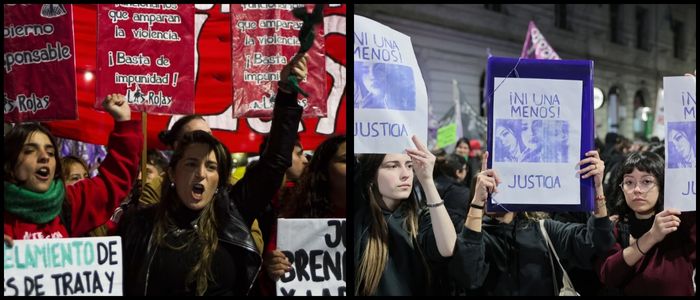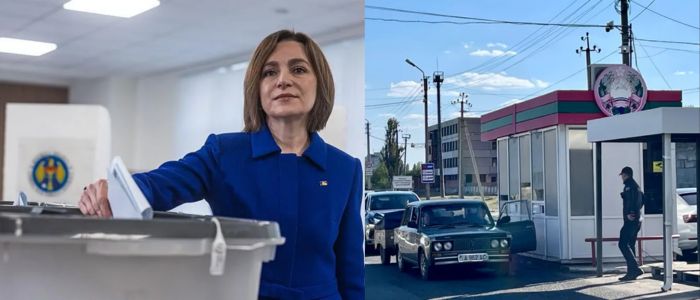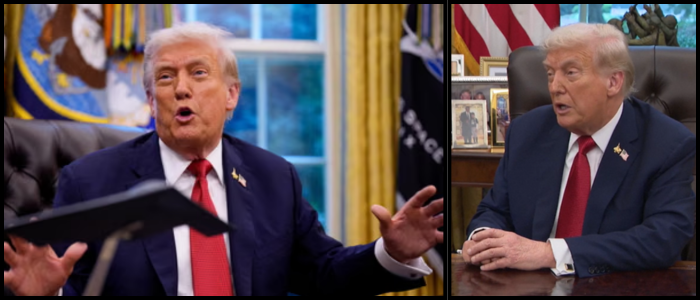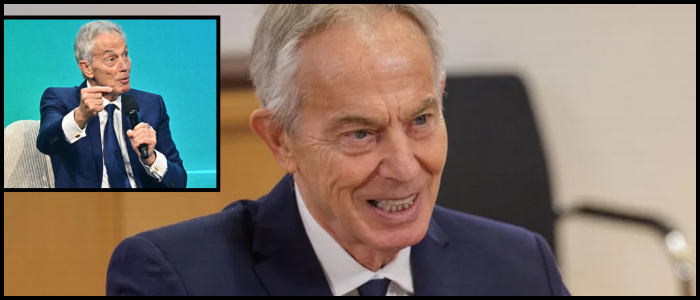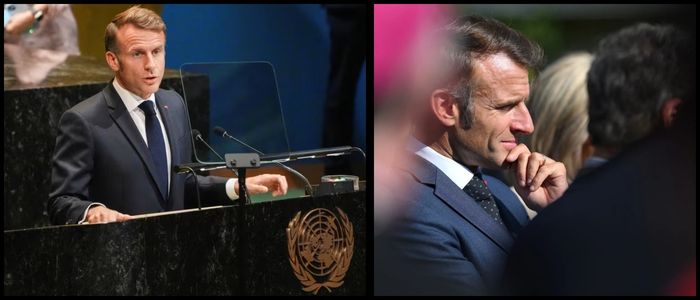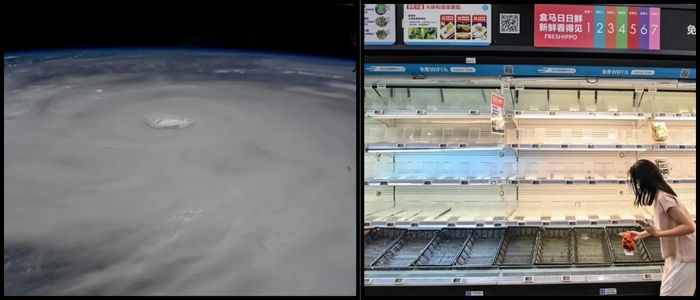To many Iranians, these demands for regime change bring to mind an event that also changed the course of the country’s history more than 70 years ago.
The 1953 Coup: What Really Happened When Foreign Powers Overthrew Iran’s Democratic Government
In 1953, a coup d’état led by the Unites States and the United Kingdom overthrew the then Prime Minister of Iran, Mohammad Mossadegh.
Mossadegh was a democratically elected prime minister who had earned public popularity for nationalizing Iran’s oil industry, which had long been under British control. The CIA and British intelligence conducted undercover operations to overthrow him now that he put Western interests in danger.
The coup restored Shah Mohammad Reza Pahlavi to power, which veered u.s. and Iran conflict from a democratic trajectory to an authoritarian monarchy that was propped by the West. This gathering has had a lasting impact on Iranian politics and is a symbol of foreign intervention in that country.
Rhetoric of Today Elicits History Parallels
Now, with Israel advocating more forceful military moves and the United States stepping up its military activity in the region, some fear in Iran us tensions that yet another regime change could be in the works. The talk by the foreign leaders, not least about taking out the top authority in Iran, has eerie echoes of 1953.
For many Iranians, these are not just political shenanigans but a reminder of how the destiny of their country was once determined by international powers. The present situation has rekindled old questions of sovereignty, self-determination, and the durable effects of external machinations.
World
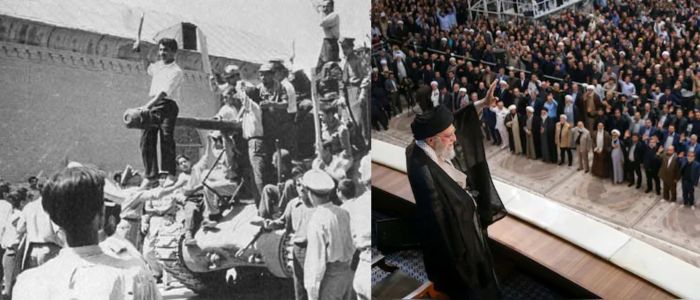
Is History Repeating? US-Iran Tensions Echo the 1953 Coup

As tensions mount in the volatile West Asia, fear of a redux of past foreign interventions was stoked by former US President Donald Trump’s recent remarks of contemplating the toppling of Iran’s Supreme Leader Ayatollah Ali Khamenei.



